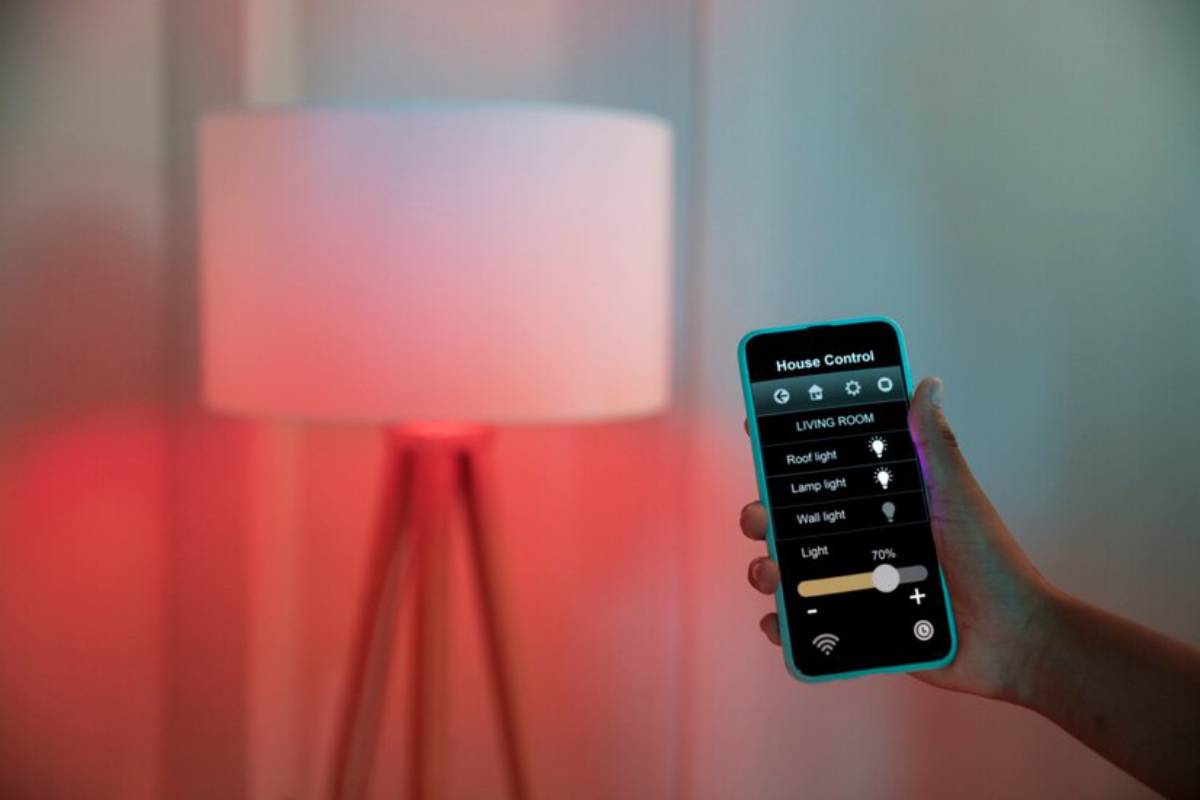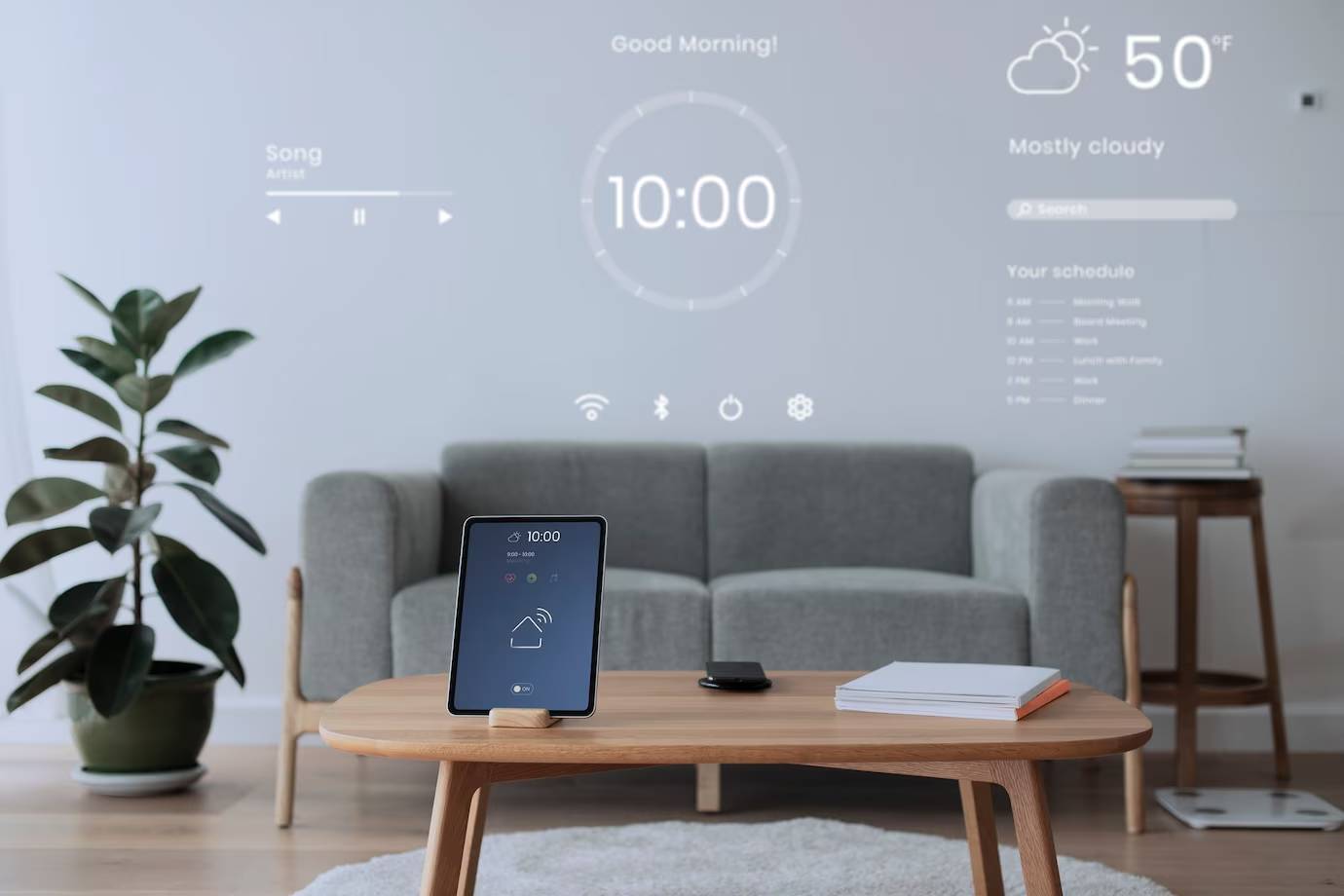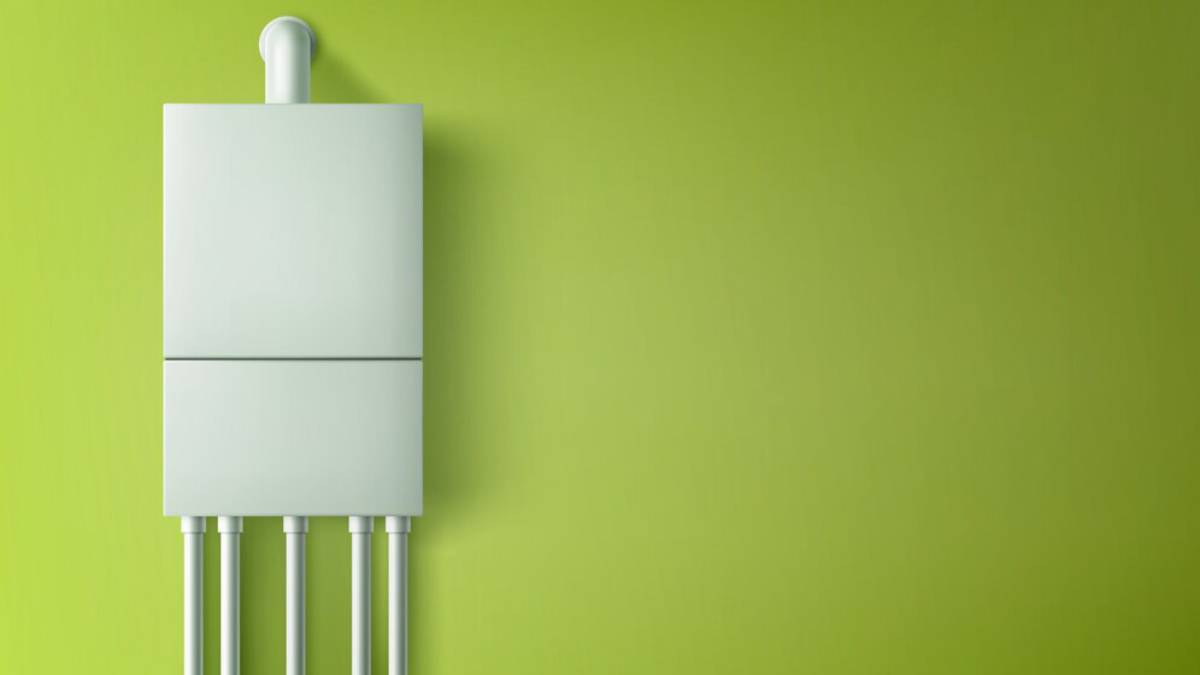
How to Integrate Smart Sensors for Leak Detection
Smart homes have become the norm, a blend of convenience and innovation. Technology weaves itself into our daily routines, enhancing our lives. One shining star in this tech tapestry is leak detection. Water leaks, often silent yet destructive, can wreak havoc on your home. They invite costly repairs and the lurking menace of mould. Enter smart sensors—your vigilant sentinels against potential disasters. This guide dives deep into the world of smart leak detection. We’ll uncover the wonders of water leak sensors, strategies to thwart water damage, and so much more.
Pro Tip: Consider integrating leak sensors with smart shut-off valves. If there’s a leak, these valves can automatically stop the water supply, helping prevent further damage.
Important Note: Don’t place sensors in humid or wet areas. This can cause false alarms.
Quick Guide
- Check Your Home’s Risk Areas: Look for spots that may leak, like basements, bathrooms, and kitchens.
- Select the Right Sensors: Think about the sensor type, how they connect, and any extra features.
- Install Sensors Correctly: Follow manufacturer instructions for optimal placement and functionality.
- Connect to Smart Home System: Link sensors to your smart home hub or app.
- Test and maintain regularly: Check that sensors work well and change batteries when needed.
Understanding the Core
Water Leak Sensors
Water leak sensors are a crucial component of a smart home ecosystem. These devices detect water where it shouldn’t be. They work in spots like basements, under sinks, and near appliances, including washing machines. When a leak is found, the sensor alerts your smartphone or smart home hub. This lets you act fast to stop water damage.
How Water Leak Sensors Work
Water leak sensors typically function using two metal probes or electrodes. When water connects these probes, it completes a circuit and triggers an alert. Some advanced models can measure humidity and temperature. This gives you a complete picture of your home’s conditions.
The Importance of Smart Home Leak Detection
Smart home leak detection is a guardian of your peace of mind. It’s not merely a luxury; it’s a lifeline against costly water damage. Water can get into buildings, causing structural problems and creating electrical risks. Then there’s the mould, lurking and jeopardising health.
Enter smart sensors—your vigilant allies. These tech-savvy devices minimize risks, safeguarding your home. With their watchful eyes, safety and comfort reign, ensuring everyone inside thrives.
Step-by-Step Guide (How to Practise)
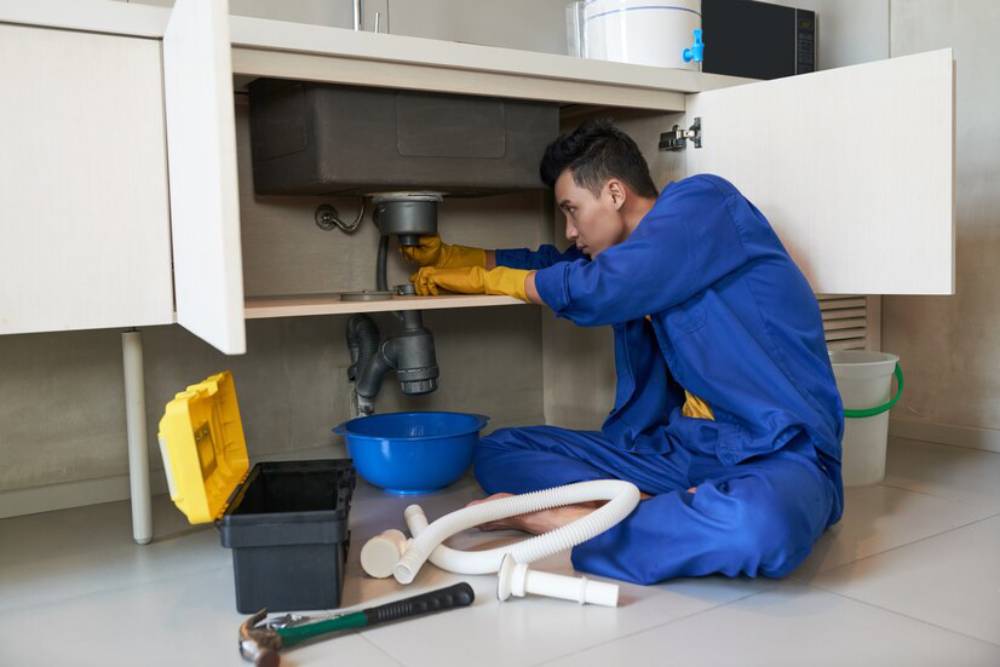
1. Evaluate Your Home’s Risk Areas
Start by checking your home for spots that might leak water. Common high-risk areas include:
- Basements: Often prone to flooding or seepage.
- Under Sinks: Leaks from plumbing fixtures or pipes.
- Around Appliances: Washing machines, dishwashers, and water heaters.
- Bathrooms: Especially around toilets and baths.
2. Choose the Right Sensors
When selecting water leak sensors, consider the following:
- Sensor Type: Basic models sense water presence. Advanced models track humidity and temperature.
- Connectivity Options: You can choose Wi-Fi, Zigbee, or Z-Wave. Pick one that fits your smart home system.
- Power Source: Battery-operated sensors let you place them anywhere. Wired options give you constant power.
3. Install Sensors Correctly
Proper installation is crucial for effective leak detection. Follow these steps:
- Placement: Install sensors in low-lying areas or where water is likely to pool.
- Calibration: Some sensors require calibration to ensure accuracy.
- Testing: After installation, test the sensors by simulating a leak to verify functionality.
4. Connect to Smart Home System
Integrate your sensors with your smart home system for seamless monitoring and alerts:
- Smart Home Hub: If using a hub, ensure compatibility and follow setup instructions.
- Smartphone App: Download the manufacturer’s app for direct alerts and control.
5. Regularly Test and Maintain
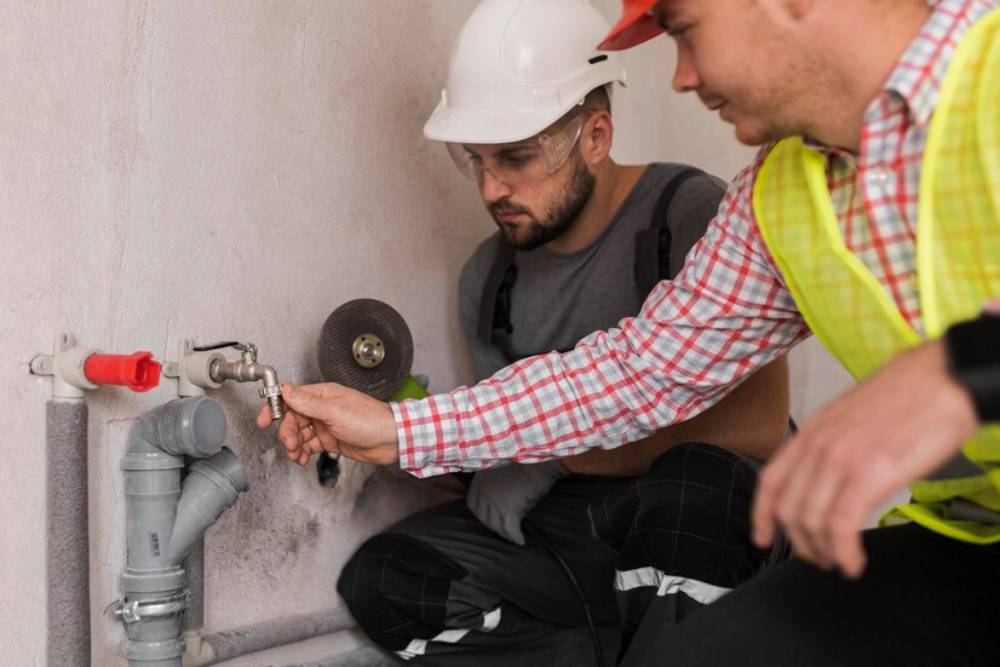
To ensure continued effectiveness, regularly test and maintain your sensors:
- Monthly Tests: Simulate leaks to confirm sensor responsiveness.
- Battery Checks: Replace batteries annually or as needed.
- Firmware Updates: Keep your sensors’ software up to date for optimal performance.
Best Practices & Additional Insights
- Network Security: Keep your smart home network secure. This helps stop unauthorised access to your leak detection system.
- Data Monitoring: Use your sensors to spot patterns or issues. This helps you maintain things before problems arise.
- Insurance Benefits: Some insurers offer discounts for homes. Check with your provider to see if you qualify.
FAQs

What should I do if my sensor detects a leak?
Immediately investigate the alert location. If a leak is confirmed, turn off the water supply and contact a professional if necessary.
Can I install water leak sensors myself?
Yes, most water leak sensors are designed for easy DIY installation. Follow the manufacturer’s instructions for the best results.
Are smart water leak sensors expensive?
Prices vary depending on features and brand, but they are generally affordable. Consider the cost savings from preventing water damage when evaluating their value.
Conclusion: Integrating Smart Sensors for Leak Detection
Integrating smart sensors for leak detection is a wise investment for any homeowner. Watch for and fix water leaks to keep your home safe and avoid costly damage. Start by evaluating your home’s risk areas and choosing the right sensors for your needs. For comprehensive protection, consider integrating your sensors with other smart home devices. Don’t wait for a leak—take action today and safeguard your home against water damage.
Call to Action: Ready to protect your home? Explore our range of smart water leak sensors and find the perfect solution. Visit our website to learn more and make your purchase today!

